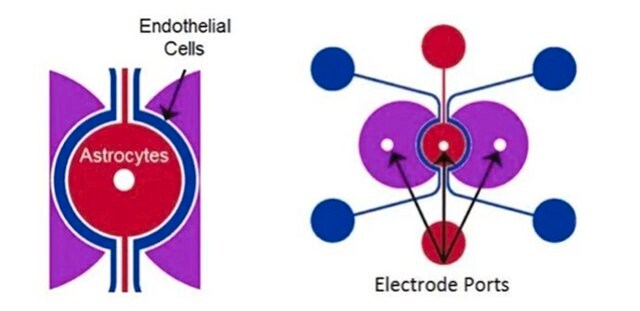G1402
Gold colloid
~0.01% HAuCl4, ~1 A520 units/mL, 3.0-5.5 nm mean particle size (monodisperse), 5 nm particle size
Synonym(s):
Colloidal gold
Sign Into View Organizational & Contract Pricing
All Photos(1)
About This Item
Empirical Formula (Hill Notation):
Au
CAS Number:
Molecular Weight:
196.97
MDL number:
UNSPSC Code:
12352302
PubChem Substance ID:
Recommended Products
description
<0.01% tannic acid
<0.04% sodium citrate
form
dispersion
nanoparticles
contains
0.02% sodium azide as preservative
concentration
~0.01% HAuCl4
~1 A520 units/mL
mean particle size
3.0-5.5 nm (monodisperse)
particle size
5 nm
storage temp.
2-8°C
SMILES string
[Au]
InChI
1S/Au
InChI key
PCHJSUWPFVWCPO-UHFFFAOYSA-N
Looking for similar products? Visit Product Comparison Guide
Application
See "Immunocytochemical Methods and Protocols" Lorette C. Javois, chapter 8 (Sigma product I5653) for microscopy related applications.
Suitability
Suitable for adsorption of biomolecules for labeled probe synthesis.
Physical form
Colloidal suspension
Storage Class Code
12 - Non Combustible Liquids
WGK
nwg
Flash Point(F)
Not applicable
Flash Point(C)
Not applicable
Personal Protective Equipment
dust mask type N95 (US), Eyeshields, Gloves
Choose from one of the most recent versions:
Already Own This Product?
Find documentation for the products that you have recently purchased in the Document Library.
J W Slot et al.
European journal of cell biology, 38(1), 87-93 (1985-07-01)
A new method is described for preparing colloidal gold particles in any size between approximately 3 and 17 nm for electron microscopy. The gold particles are homogeneous in size (homodisperse). When bound to various proteins (e.g. IgG and protein A)
Noor Artika Hassan et al.
Journal of environmental health, 77(6), 42-48 (2015-01-27)
Cyanidation in gold extraction has detrimental impacts on the ecosystem and the population in surrounding areas. The research described in this article aimed to assess the health effects of environmental exposure to cyanide in a community near a gold mining
Christine Tarapacki et al.
Ultrasonics, 57, 36-43 (2014-12-03)
Gold nanorod (AuNR) laser therapy (LT) is a non-invasive method of increasing the temperature of a target tissue using near infrared light. In this study, the effects of ultrasound and microbubbles (USMB) with AuNR and LT were investigated on cell
A S Sobrino-Figueroa et al.
Environmental monitoring and assessment, 187(1), 4158-4158 (2014-12-20)
The mining district of El Triunfo (ET-MD) has an estimated 800,000 t of mine wastes scattered in the environment, contaminating the sediment with potentially toxic elements such as As, Cd, Pb, and Zn. In order to estimate the toxicity of
Yuying Zhang et al.
Journal of visualized experiments : JoVE, (95)(95), e52058-e52058 (2015-01-16)
Fluorescent nanoparticles (NPs) with desirable chemical, optical and mechanical properties are promising tools to label intracellular organelles. Here, we introduce a method using gold-BSA-rhodamine NPs to label the endo-lysosomal system of eukaryotic cells and monitor manipulations of host cellular pathways
Our team of scientists has experience in all areas of research including Life Science, Material Science, Chemical Synthesis, Chromatography, Analytical and many others.
Contact Technical Service




